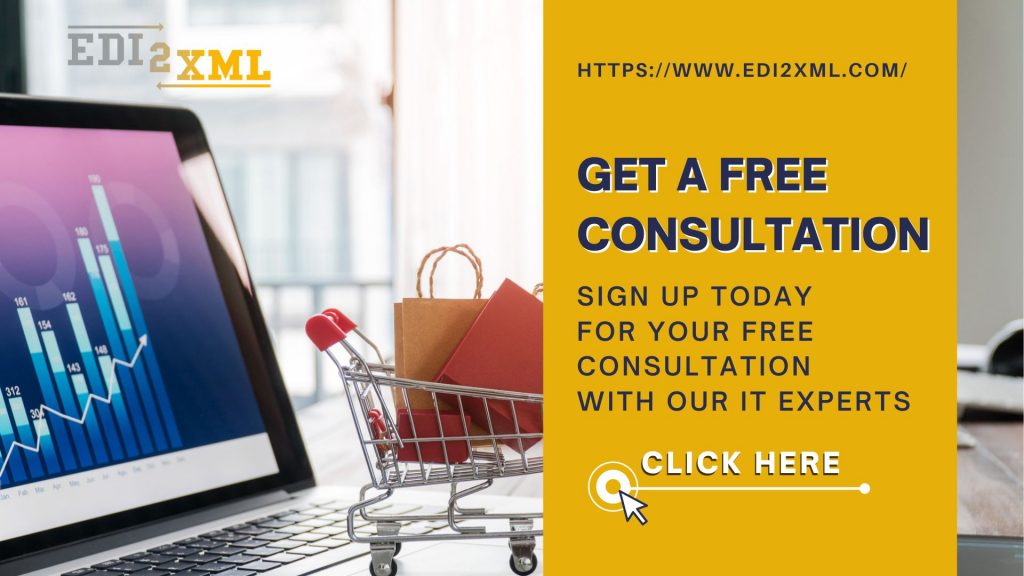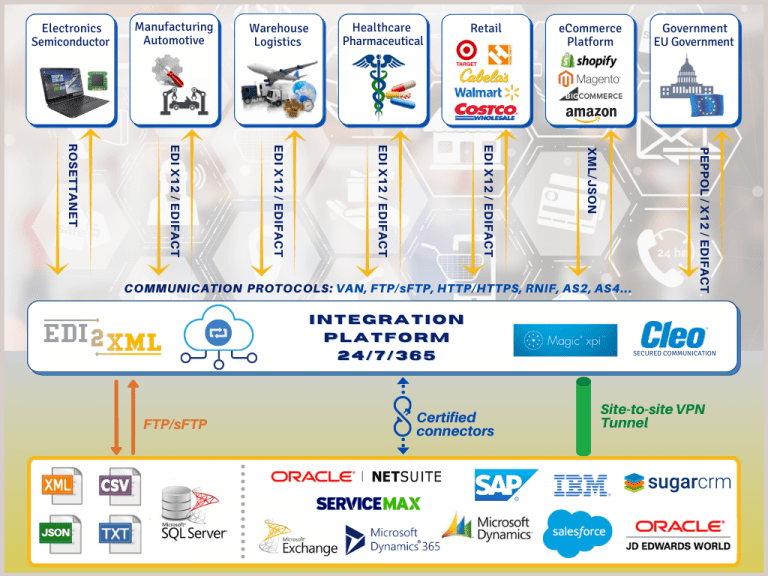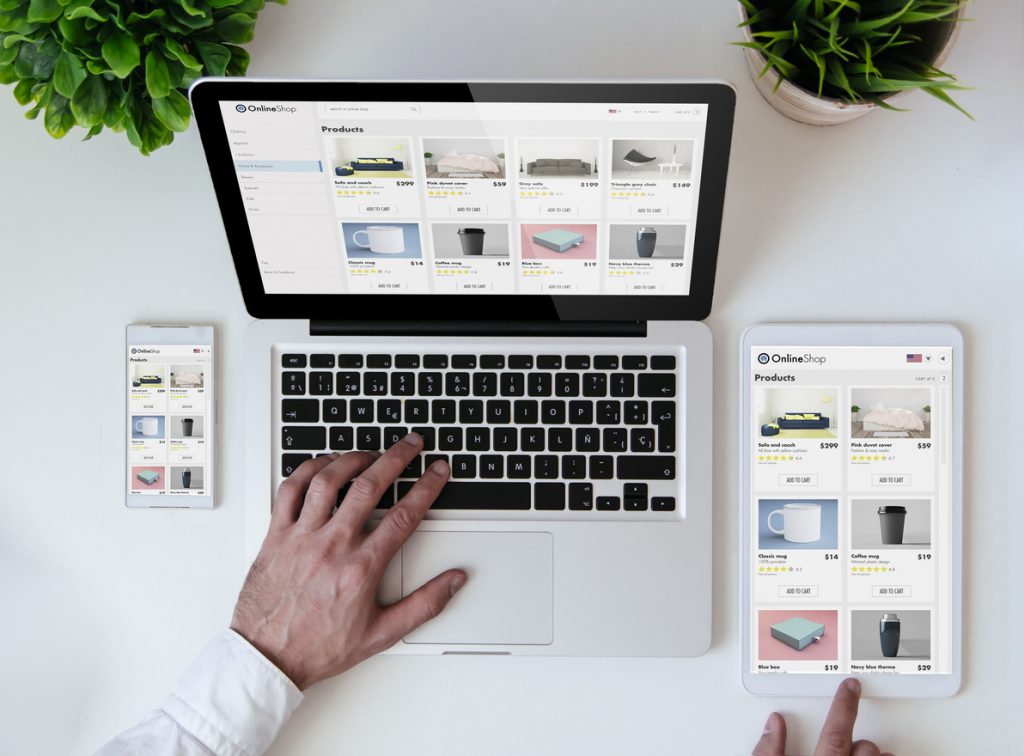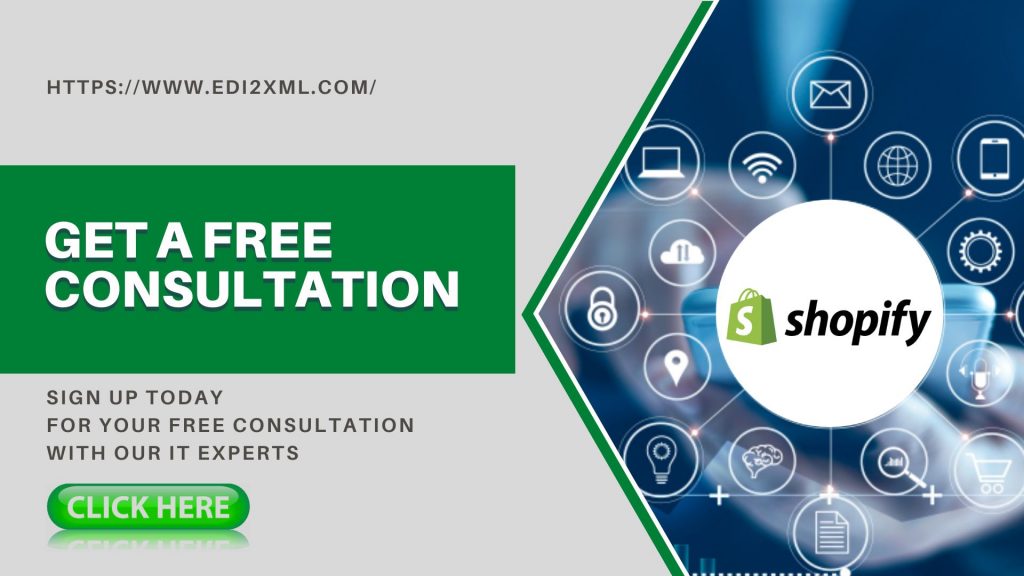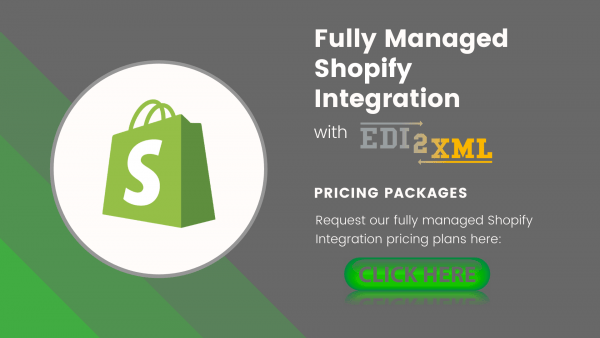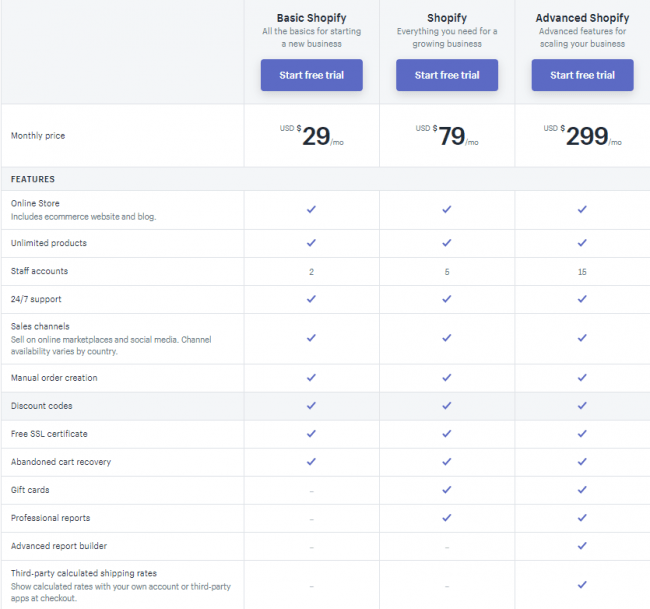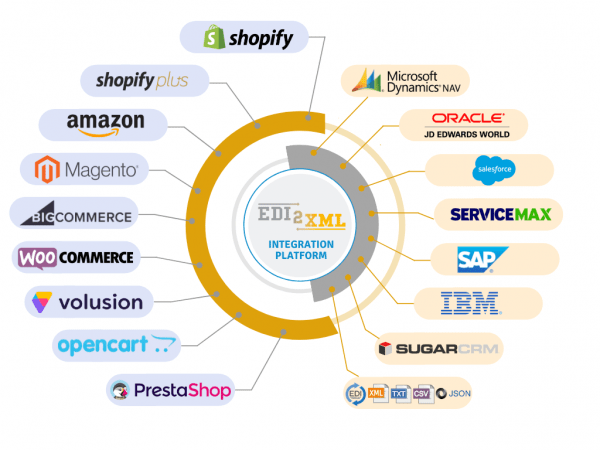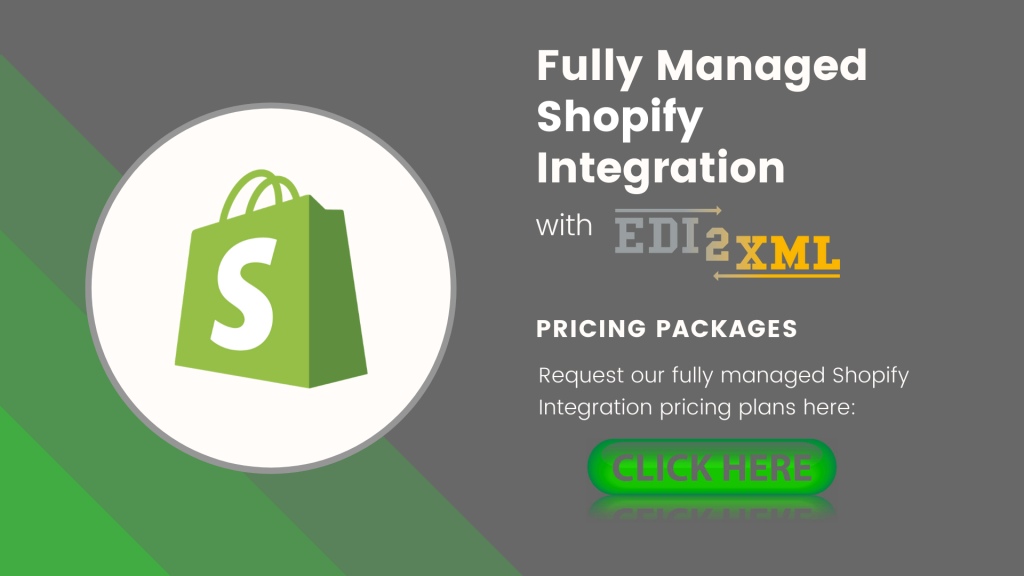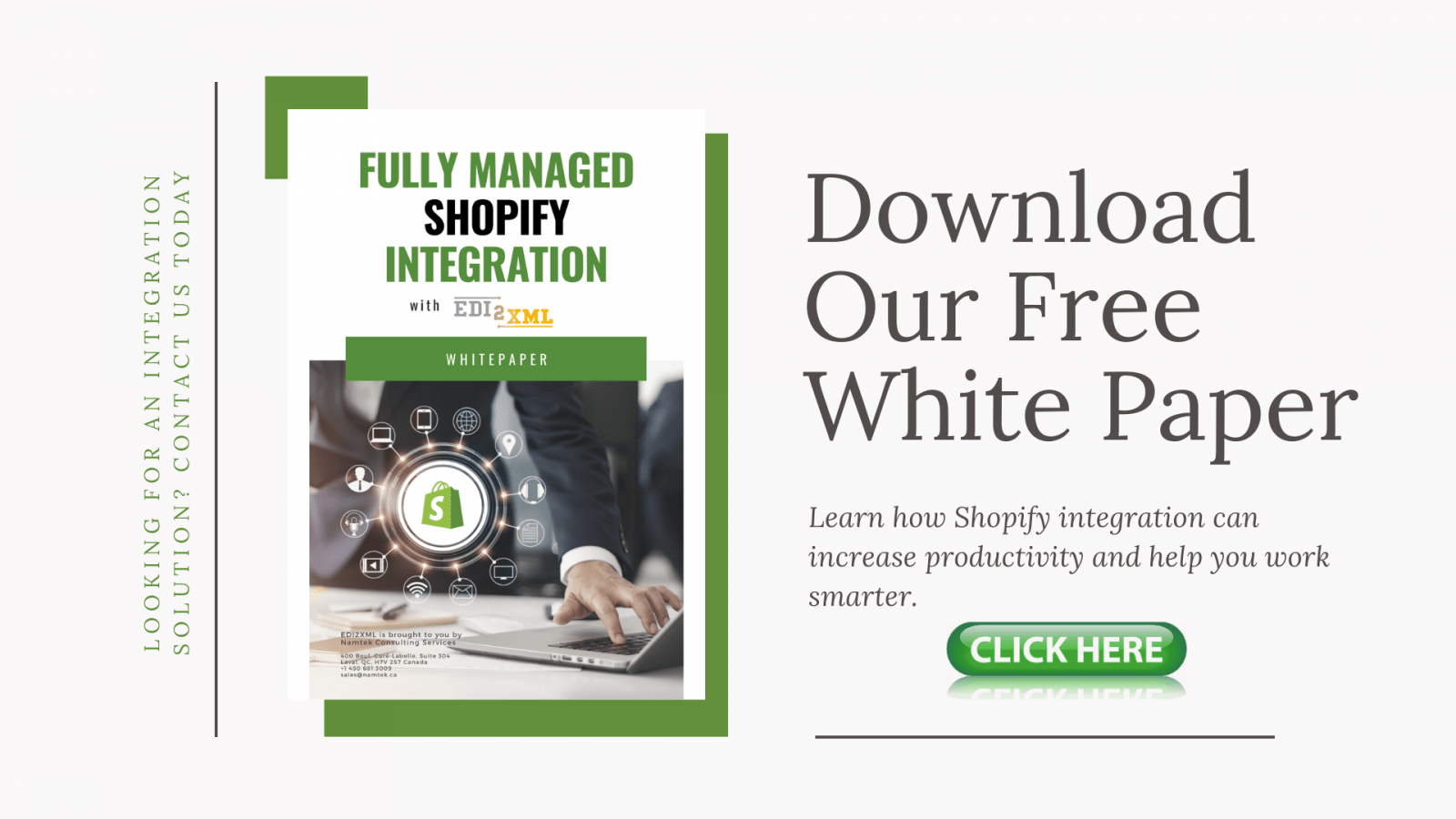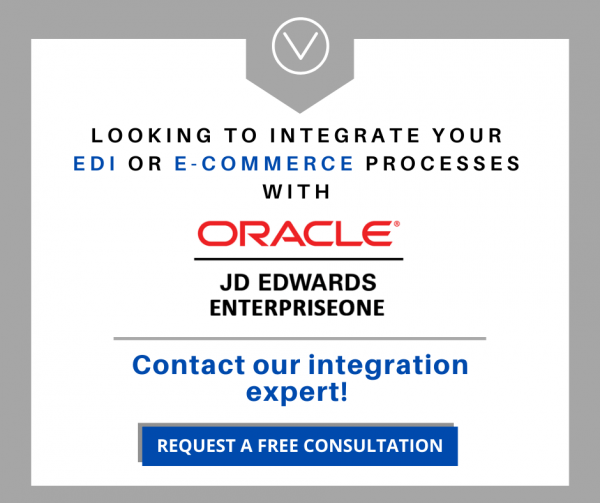Explore the seamless integration of Shopify with Electronic Data Interchange (EDI) using Magic XPI for efficient business operations.
Why EDI2XML?
With more than twenty years of experience in EDI integration, EDI2XML offers a wealth of specialized knowledge that enriches the functionalities of Magic xpi, enabling comprehensive integration and streamlined operations. Explore the transformative potential of combining EDI2XML‘s expertise with Magic xpi to optimize your business procedures, promoting efficiency and success in today’s ever-evolving market environment.
Understanding EDI and Its Benefits for E-commerce
What is EDI?
Electronic Data Interchange (EDI) is a digital communication method that allows businesses to exchange data via electronic means.
Why use it in E-commerce?
In the context of e-commerce, EDI is particularly beneficial for several reasons:
- Efficiency: By automating data exchange, EDI reduces the need for manual entry, thereby saving time and resources.
- Speed: EDI enables real-time processing of transactions, which can significantly speed up business cycles.
- Cost Savings: EDI can lead to substantial cost savings by reducing the use of paper, storage space, and administrative effort.
- Accuracy: The automation of data transfer through EDI minimizes the risk of errors, leading to improved data quality.
- Competitive Advantage: The ability to process transactions faster and more accurately can enhance customer satisfaction and boost a business’s reputation.
EDI offers a range of benefits that can enhance the operations of an e-commerce business, making it a valuable tool in today’s digital marketplace.
Introduction to Shopify and Its Integration Capabilities
Shopify is a leading e-commerce platform that allows businesses to create online stores and sell products. It’s known for its user-friendly interface, making it accessible even to those without technical expertise. But what sets Shopify apart is its robust integration capabilities.
It can seamlessly connect with various third-party applications, such as:
- Inventory management systems
- Customer relationship management tools
- Marketing automation software.
This means business owners can manage different aspects of their operations from a single platform. These integrations not only simplify the management of an online store but also enhance its functionality, providing a better shopping experience for customers. Therefore, Shopify is a powerful tool for business owners looking to establish or expand their online presence.
The Role of Magic XPI in Streamlining Shopify-EDI Integration
Magic xpi is a powerful and versatile integration platform designed to facilitate the seamless connection of various software systems and data sources within an organization. In the context of e-commerce, Magic xpi stands out by streamlining business operations, automating data exchange, and enhancing customer experiences, thereby unlocking the full potential of e-commerce.
Magic xpi is a versatile integration platform that allows you to connect Shopify with various EDI systems smoothly. It acts as a bridge, facilitating the smooth exchange of data between the two platforms. With Magic XPI, business owners can automate the transfer of data such as orders, inventory updates, and shipping details from Shopify to their EDI system and vice versa.
This automation reduces manual data entry, minimizes errors, and speeds up business processes. As a result, businesses can operate more efficiently, fulfill orders faster, and provide a better customer experience.
Useful readings: Fully Managed Shopify Integration with EDI2XML
Drop shipping and EDI integration (Why Do You Need EDI if You Have a Shopify Store?)
If you’re running a Shopify store, you might wonder why you need EDI integration for drop shipping. Here’s the deal: EDI, or Electronic Data Interchange, is a system that allows different software to talk to each other. In the context of drop shipping, it means your Shopify store can communicate directly with your suppliers’ systems. When a customer places an order, the details are automatically sent to the supplier who then ships the product to the customer.
This automation eliminates the need for manual data entry, reducing errors and speeding up the order fulfillment process. So, even though Shopify is a powerful platform, integrating EDI can take your drop shipping business to the next level by enhancing efficiency and accuracy.
Apps vs Managed EDI Service
When it comes to electronic data interchange (EDI), you have two main options: apps or managed services. Apps, like those you can add to your Shopify store, can handle basic EDI tasks. They’re user-friendly and often affordable, making them a good choice for small businesses or those new to EDI. However, they may lack advanced features and scalability.
On the other hand, a managed EDI service takes care of all your EDI needs for you. This includes not just the technology, but also handling setup, maintenance, updates, and troubleshooting. While this option might cost more, it provides a comprehensive solution that can be adapted as your business grows.
Enhancing Business Efficiency and Growth through Shopify-EDI Integration
In conclusion, integrating Shopify with EDI can significantly enhance business efficiency and growth by streamlining operations, improving data accuracy, and fostering stronger business relationships.
EDI2XML plays a pivotal role in this integration, offering a robust, flexible, and cost-effective solution that can be tailored to your specific business needs. By leveraging our services, businesses can establish and boost their performance, thereby gaining a competitive edge in the market.
If you’re interested in exploring how EDI2XML can transform your business operations, we invite you to book a free consultation with our experts.
Let us help you unlock your business’s full potential.
